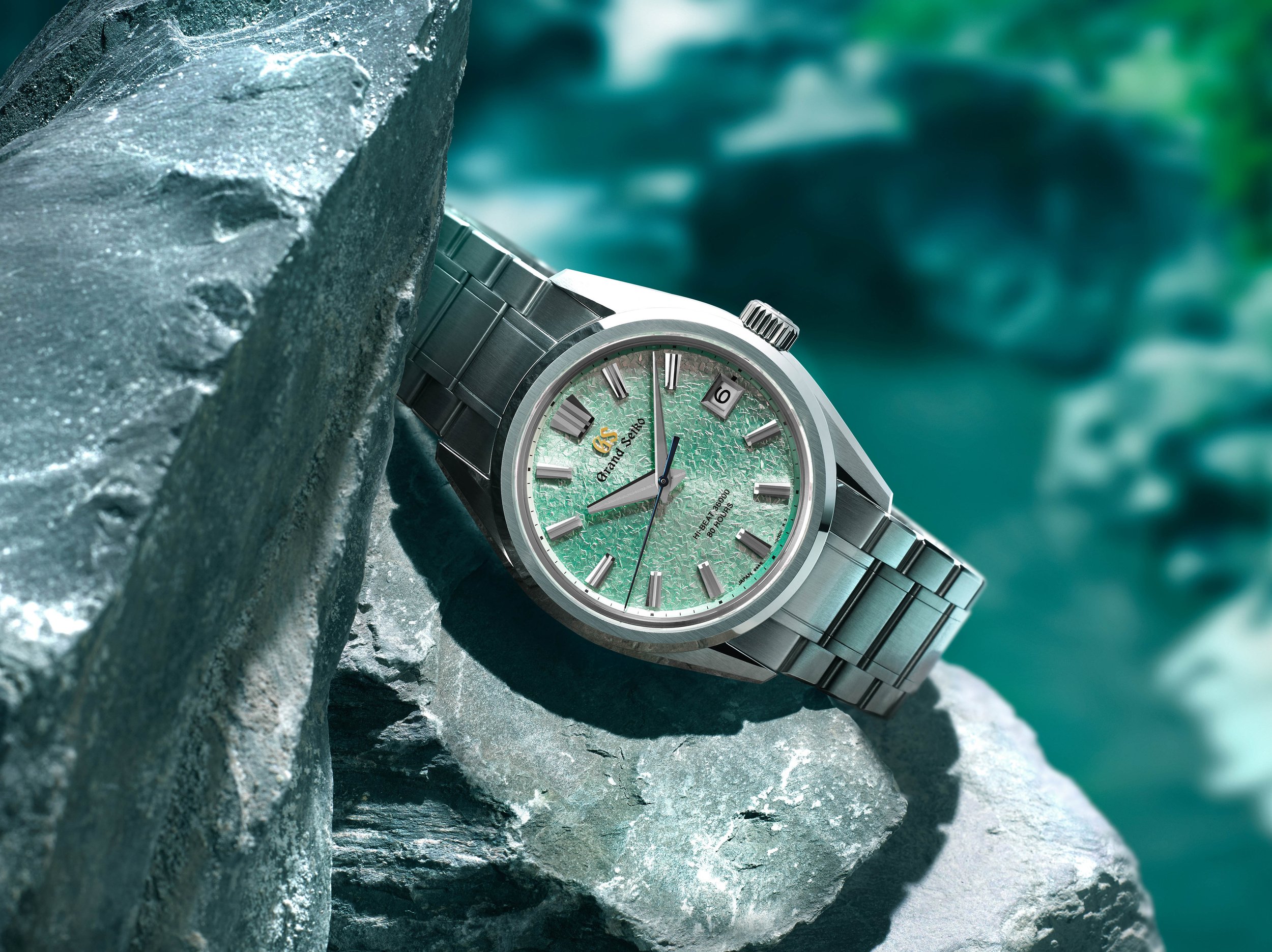Origins (1950s–1960):
After years of development, Grand Seiko was born.
In the 1950s, Seiko was already a respected Japanese watchmaker, but Swiss watches still dominated the luxury market.
Seiko’s top engineers wanted to create the world’s best watch — one that would be precise, durable, beautiful, and comfortable.
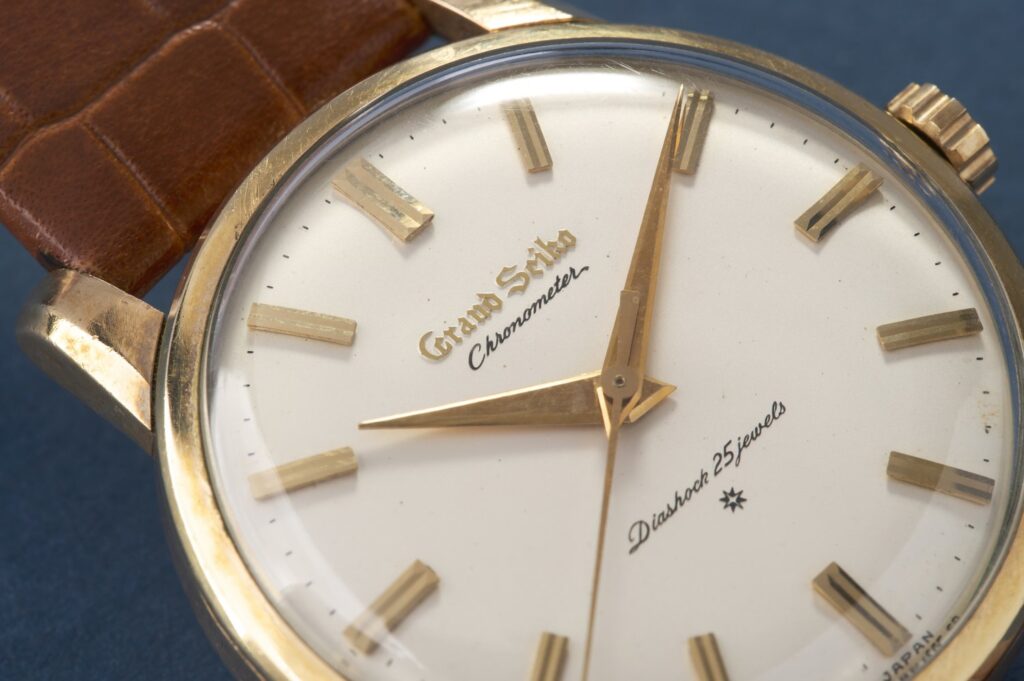
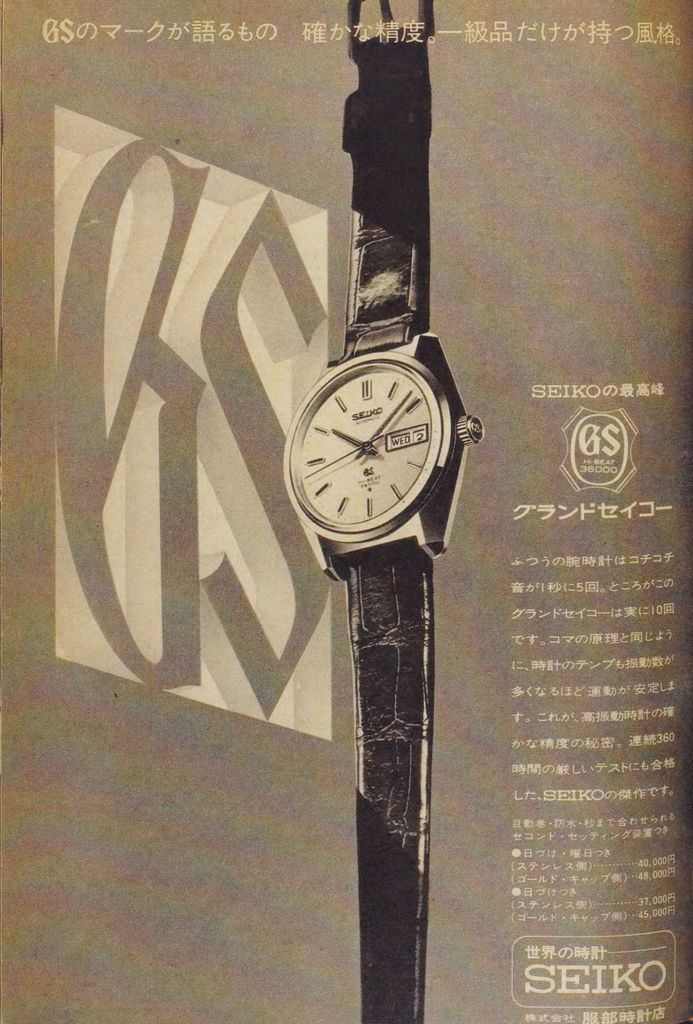
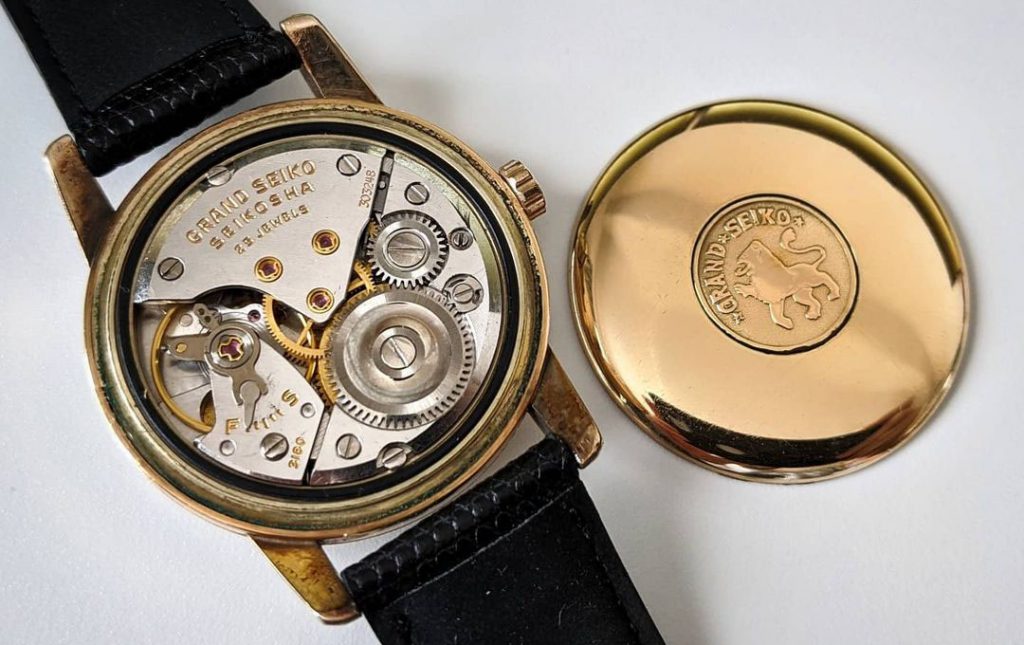
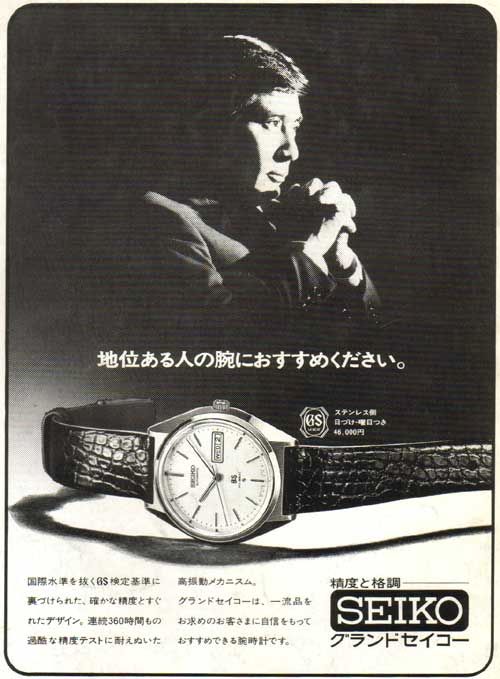
Launch:
It was a hand-wound, chronometer-grade watch made to the highest standards Japan could produce.
December 18, 1960 — The first Grand Seiko (reference 3180) was released.
Rapid Improvements (1960s–1970s):
Late 1960s–70s — Grand Seiko dominated Swiss observatory competitions until they stopped admitting foreign brands!
Grand Seiko quickly competed with Swiss brands in chronometer competitions, even winning awards.
Key milestones:
1964 — First Grand Seiko with a date function.
1967 — Launch of the 44GS, introducing the iconic “Grand Seiko Style” — sharp case lines, distortion-free mirror finishing (“Zaratsu polishing”), and crisp dial markers.
1968 — First Grand Seiko automatic and high-beat (36,000 vph) movements.
Quartz Revolution:
Grand Seiko briefly developed high-end quartz watches during the 1970s, like the 95GS.
Seiko created the world’s first quartz watch (Seiko Astron, 1969).
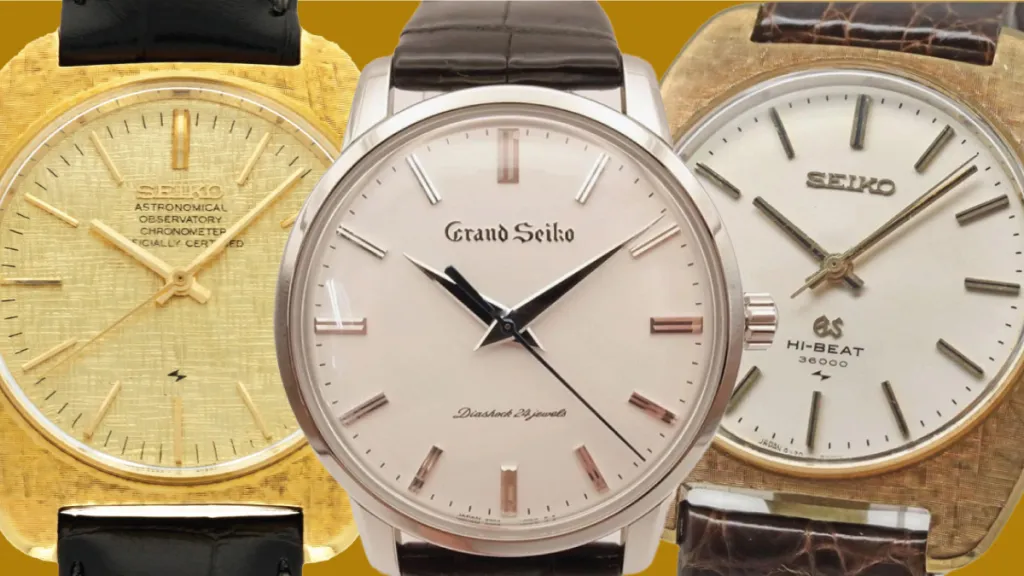
Hiatus (1980s–Early 1990s):
- During the 1980s, Grand Seiko disappeared from many markets, focusing only on the Japanese domestic market.
- Seiko shifted its global focus to quartz watches under the Seiko brand.
Vintage Grand Seiko Watches
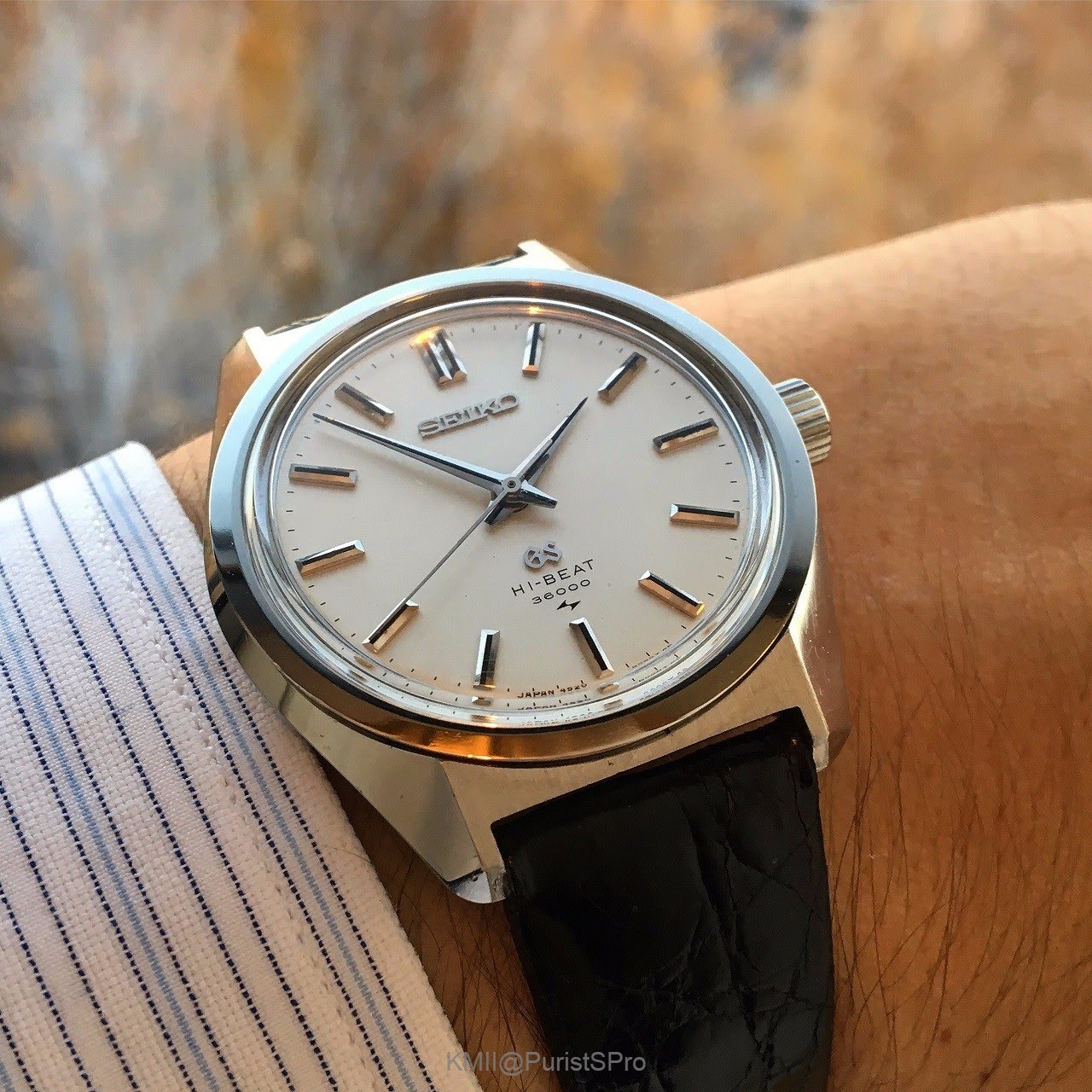
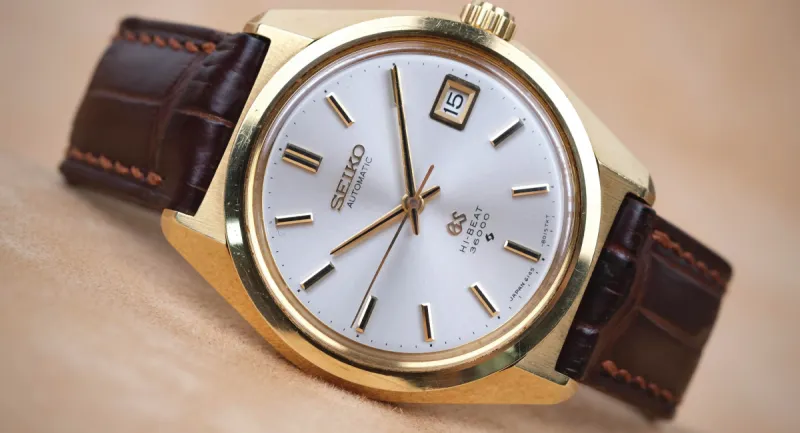
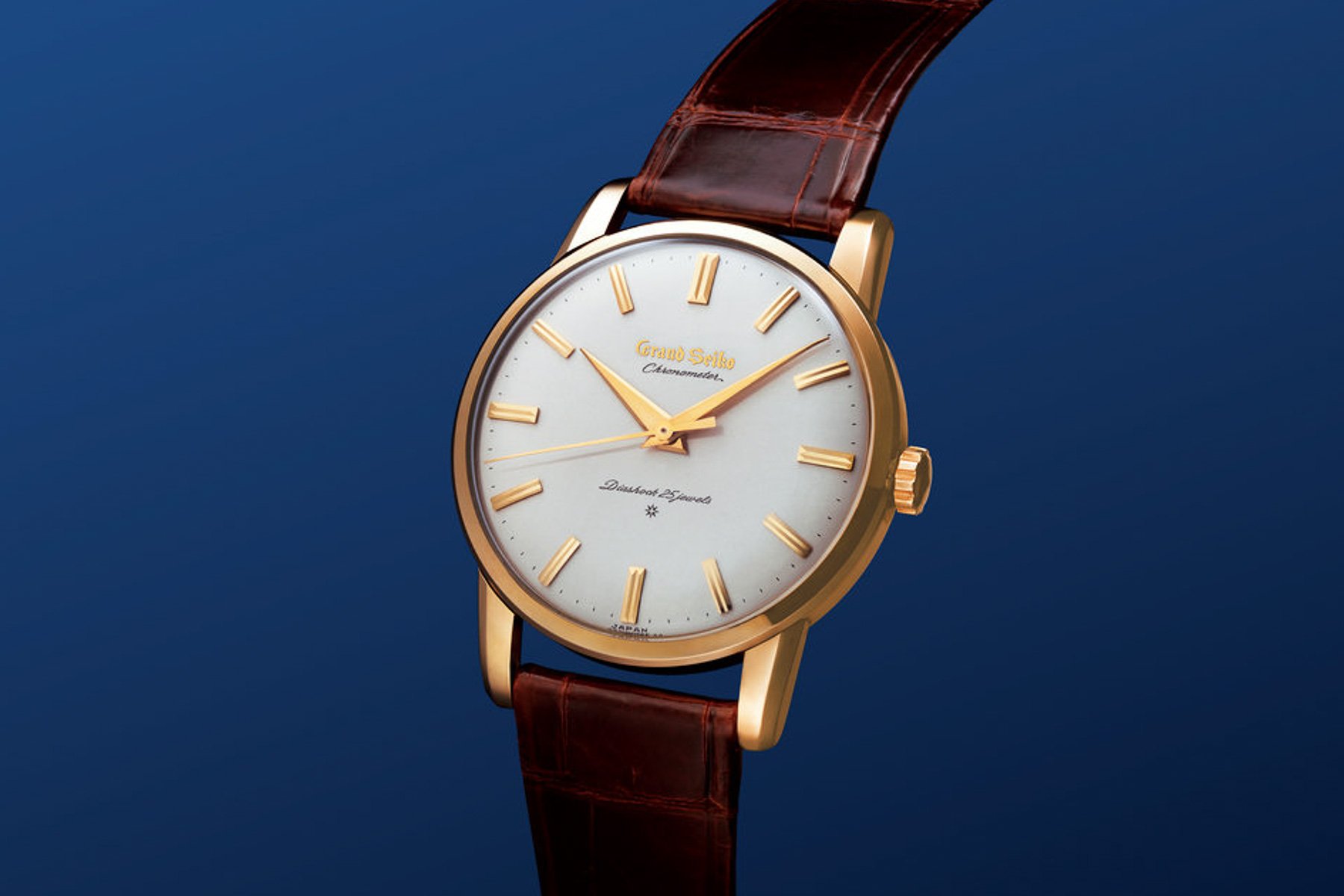
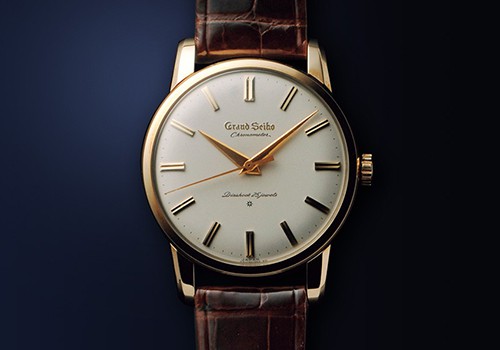
Revival (1990s–2000s):
Unique to Seiko and Grand Seiko.r vision is to be at the forefront of architectural innovation, fostering a global community of architects and enthusiasts united by a passion for creating spaces. Every architectural endeavor is an opportunity to shape the future.
In 1998, Grand Seiko returned strongly with the 9S mechanical movement — a modern high-accuracy mechanical caliber.
They also introduced Spring Drive technology:
A hybrid movement with a mechanical gear train powered by a mainspring, but regulated electronically.
Global Expansion (2010s):
- 2010 — 50th anniversary of Grand Seiko. Special models were released.
- Grand Seiko started to be officially sold internationally.
- 2017 — Grand Seiko became an independent brand, separate from Seiko branding.
(Before, dials said “Seiko” and “Grand Seiko”; now, just “Grand Seiko” at 12 o’clock.)
Today (2020s):
- Grand Seiko is regarded as one of the finest watchmakers in the world, competing with Rolex, Omega, and even some Swiss haute horology brands like Jaeger-LeCoultre.
- Known for:
- Flawless finishing (dial details and polishing are world-leading).
- Superb movements (especially Spring Drive and Hi-Beat 9S/9SA5).
- Elegant, understated designs often inspired by nature (snow, trees, lakes).
